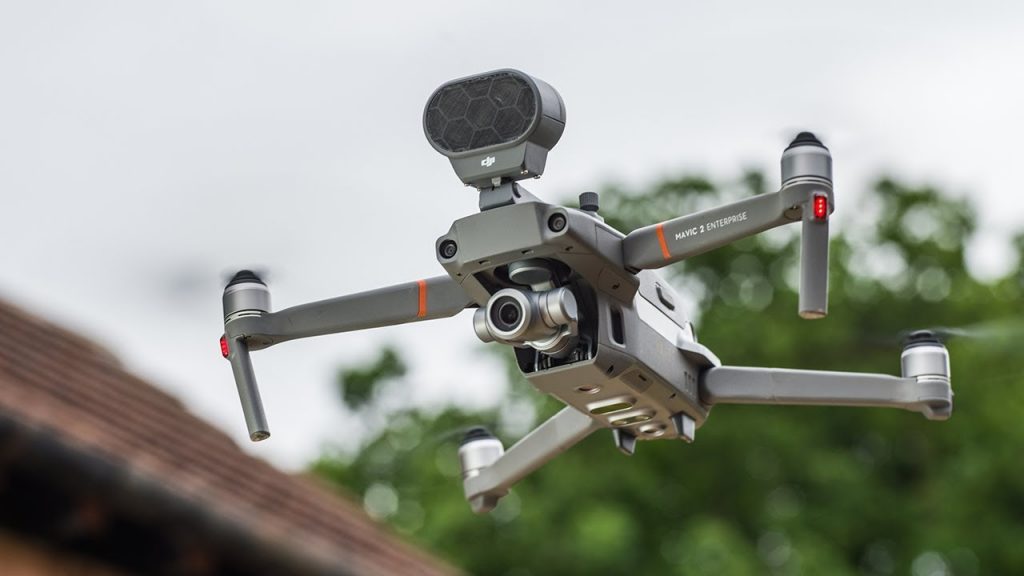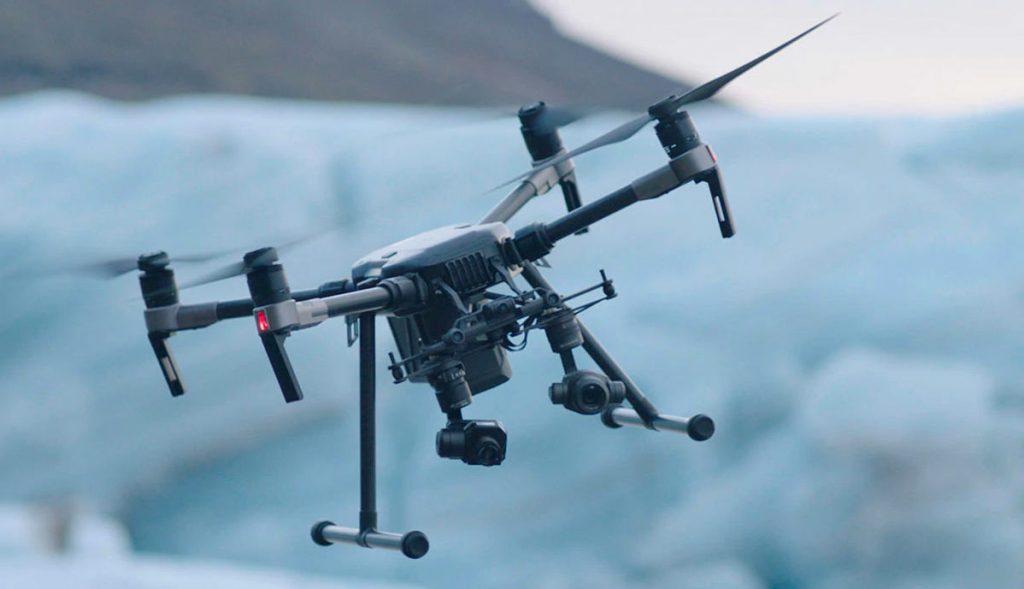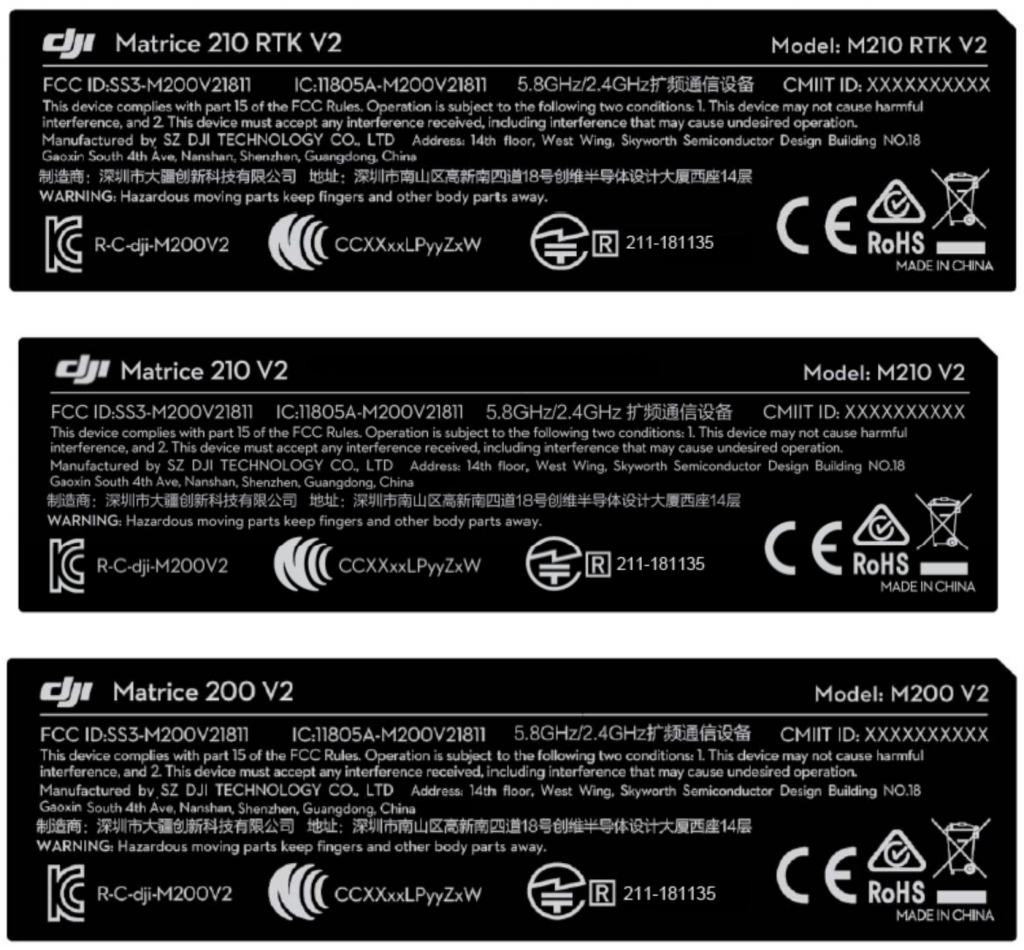Our top five predictions for the industrial and enterprise drone sector in Hong Kong and worldwide for 2019
2018 was a year of steady advancement and growth in the commercial drone services sector in Hong Kong. To a degree, drones are now a “known quantity” in the sense that most companies and government agencies now both understand and are actively embracing the benefits and potential of drones in their business processes and workflows.
However, Hong Kong still lags behind many other countries in terms of drone adoption and effective use of drone-based technologies, beyond just flying to capture photos and video. Even China is well ahead in terms of drone adoption across key sectors like construction, power generation, urban planning, and structural inspection.
Part of this is down to local drone regulations, which remain highly restrictive, and in their current form are hindering the wider development and adoption of drones in the commercial sector. Which brings me to my first prediction…
1. New Drone Regulations in Hong Kong
On the back of a comprehensive consultant’s report, and a public consultation exercise in 2018, expect to see the Hong Kong Civil Aviation Department (CAD) publish new standards and regulations on the use of drones in the territory, both for recreational and commercial use.
We know it’s coming. We just don’t know when.
Given the way government machinery turns in Hong Kong, we don’t expect to see anything announced until the second half of 2019, and after further consultations, any new regulations becoming law until well into 2020.
What the exact form the new regulations will take is difficult to predict, but it looks like CAD is tending towards a risk-based model, scaled according to the take-off weight of the UAV (Unmanned Aerial Vehicle). All drone users will likely be required to register (and possibly take and pass an online exam), but it’s unclear if drones themselves will have to be registered as well.
There is talk of eliminating the distinction between commercial and recreational users, with all operators having to register, and abide by new regulations. But it’s unclear if commercial operators will still be required to apply for a permit for each job if done “for hire or reward”, or whether permits will only be required for certain high-risk areas, such as Victoria Harbour, or potential night flights.
One thing seems pretty certain: the current MOTM (Maximum Take-Off Mass) for drones will be raised from 7kg, to 23kg or 25kg, in line with international standards. Yes, drones are tending to get smaller and lighter, but there are specific applications where a drone able to carry a larger payload is essential: LiDAR being an obvious example.
2. Brighter Drones, More AI
Brighter in the sense of more intelligence, both in terms of autonomous flight capabilities, and in terms of automated data analysis.
Expect to see considerable advances in 2019 with the ability of drones to fly missions completely autonomously, intelligently executing a set of tasks, and returning with data (or live transmitting data), all while getting better and better at avoiding ‘incidents’, and remaining within safe parameters.
Expect also to see major advances in the use of AI technology when it comes to processing drone-captured data. In some ways, drones and AI were made for each other. The ability of drones to rapidly capture large amounts of high quality data can quickly become a headache if there’s no way to efficiently process that data, and gain actionable insight from it.
This is particularly so in the area of structural and industrial inspection. If it’s not helping you make efficient business decisions, its a cost centre, not a cost saving.
At Dronesurvey Asia, we’ll be investing heavily in AI and data analysis technologies with our customers in 2019. In fact, we already have a number of projects on the go, where machine learning and AI are helping to auto-process data, separate and flag issues, and provide insight for key infrastructure applications. Contact us if you’d like to know more.
3. More DJI Dominance (and Innovation)
It’s a no-brainer that DJI will continue to dominate the industry in 2019. DJI’s market share worldwide is at least 70 percent across all drone sectors: consumer, professional, and commercial/industrial. They now have around 13,000 employees worldwide, of which it is estimated at least 30 percent are in R&D and product development.
It’s a juggernaut. Expect DJI to continue to innovate, push the boundaries, and to surprise us.
In August 2018, the Mavic range was upgraded with the introduction of not one, but two new models: The Mavic 2 Zoom and the Mavic 2 Pro – the latter with a 1-inch CMOS sensor, developed in conjunction with Hasselblad (now owned by DJI).
This was followed at the end of October by the surprise release of the Mavic 2 Enterprise, an industrial/commercial variant of the Mavic 2 (which you could argue is a ‘prosumer’ product) but with enhanced object avoidance and flight safety features, as well as number of additional payload options that attach to the top of the drone.

An even bigger surprise was the Mavic 2 Enterprise Dual, announced in December – the same model, but fitted with built-in dual, side-by-side RGB / thermal cameras. This looks to be an excellent low-cost tool for structural inspection, as well as having important applications in search & rescue.
One DJI drone that has really made its mark in the commercial and industrial sector in 2018 has been the DJI Matrice 200 series, which started shipping in quantity in 2018. Despite a recent battery voltage issue that caused a small number of mid-flight shutdowns (and which appears to have been resolved), the Matrice 200, 210, and 210RTK have proved to be reliable and cost-effective workhorses across a wide range of business applications.

I predict an upgrade to the Matrice 200 line in 2019. In fact, rumours are already circulating that Matrice 200 Version 2 drones will be with us quite soon. FCC compliance labels have been spotted in the wild, detailing models with the names M200 V2, M210 V2, and M210RTK V2. What new features will be included is anyone’s guess right now.

Given all of the above, I feel confident in predicting that one DJI drone that we WON’T be seeing any time soon will be the next generation Phantom. With the Mavic series now firmly established, and with the introduction of the new Mavic 2 Enterprise models, I think it’s safe to say the Phantom line is well and truly retired. The compact, fold-up, aerodynamically-efficient, and easy-to-deploy form factor of the Mavic and the Mavic Air make it clear to me that the Phantom form factor is dated and past its prime.
I might be wrong, but honestly, the writing’s on the wall. It doesn’t make economic sense for DJI to continue the Phantom series. Time to move on.
4. A DJI Public Offering
I also predict there’s a good chance we’ll see a DJI Initial Public Offering (IPO) in 2019… or at least an announcement of an IPO scheduled for 2020. This would be the first major drone manufacturer / developer to go public since the industry took off in 2013 (generally driven by the success and massive expansion of DJI).
Yes, Parrot is already a public company, listed on the Paris Stock Exchange, but the Parrot drone division is just one part of a much larger, well established wireless and automotive business that goes back to 1994.
Timing will be everything: there is a sense of a growing backlash against DJI in the industry due to their dominance (see below), but also a wider backlash against drones as a whole, as the recent Gatwick incident demonstrates.
How much would DJI be worth in a public offering? Difficult to predict, but most analysts are saying anywhere in the range of US$11 billion to US$15 billion.
5. An Emerging Backlash
For all the dominance of DJI that I’ve just outlined, there’s a good chance we may see a growing backlash against DJI and its products in 2019 – at least among the professional and enterprise drone user community.
DJI’s products are certainly innovative, much admired, and, for the most part, well built and reliable. But when a company like this becomes so dominant, they also become vulnerable.
Software can be an achilles heel. The recent battery firmware issues that affected the TB50 and TB55 batteries – those used in professional drones like the Inspire 2 and the Matrice 200 series – show that not everything goes DJI’s way. The issue basically grounded the Inspire 2 and all three variants of the Matrice 200 for weeks until an effective workaround became available, leading to a lot of frustration.
This was not a minor consumer drone issue: these are drones used by professional operators, large enterprises, and not a few emergency services around the world. They rely on these drone systems to operate flawlessly for mission-critical work.
It’s left the user community around the world asking if DJI’s products can really be relied upon in the professional space, and whether the company may be rushing products to market without adequate development and testing – both hardware and software.
This, coupled with lingering data security issues around DJI being a Chinese company that first cropped up in 2017, mean there is still space for other drone manufacturers to thrive in niche markets within the professional and enterprise sector. To be fair, DJI has worked hard to reassure people that their data is secure, even offering a “no transmit” option for enterprise-level users, as well as commissioning an independent study on their data security practises.
But still, concerns remain. It will be an interesting year for DJI, and the the enterprise drone industry as a whole. It will also be an interesting year for Dronesurvey Asia too, as we continue to bring you new technologies and new innovations.
If you haven’t already done so, stay tuned by signing up for our newsletter below.



0 Comments
Leave a comment